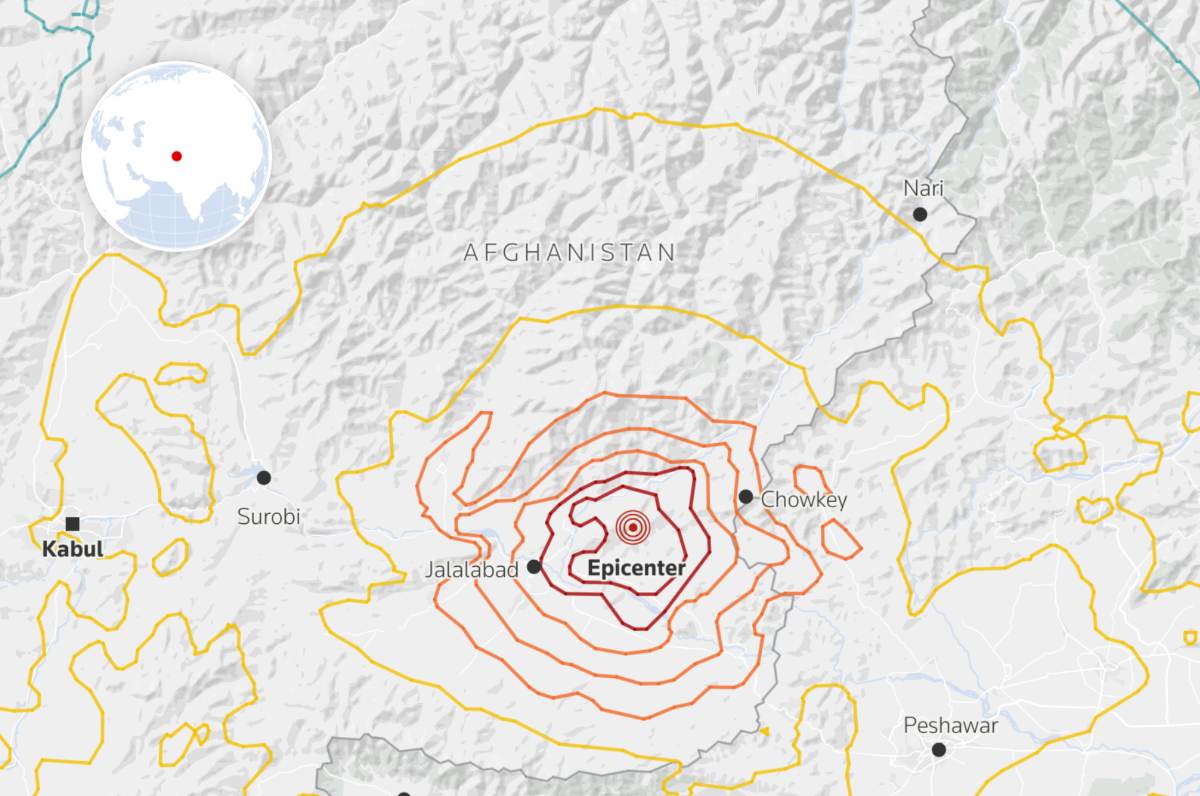According to the Ministry of Home Affairs' announcement on January 1 conducted by the Taliban, the 6-magnitude Richter earthquake that occurred at 11:47 p.m. on August 31 (local time) in Nangarhar province, Eastern Afghanistan, near the Pakistan border, claimed at least 800 lives and injured more than 2,800 others.
The center of the earthquake was determined to be about 10km deep, mainly destroying the two provinces of Kunar and Nangarhar. Kunar alone recorded 610 deaths and 3 villages were completely flattened. Hundreds of other houses made of soil and rock collapsed, burying many people in the rubble.

Military helicopters continuously carried injured people and bodies out of the disaster area, while soldiers, doctors and people coordinated to carry the victims to ambulances. The Afghanistan Defense Ministry said 40 flights transported more than 420 dead and injured.
Spokesperson for the Ministry of Home Affairs, Mr. Abdul Maten Qanee, affirmed that all rescue forces have been mobilized to speed up support, from ensuring security to providing food and medical care. In the capital Kabul, health workers are also working to reach remote villages that have historically suffered from both earthquakes and floods.
However, no foreign government has contacted to provide aid in the rescue work, said a Foreign Ministry spokesperson led by the Taliban. This has further aggravated the situation as Afghanistan is facing a humanitarian crisis, cutting international aid and a wave of returning people from neighboring countries.

In October 2023, Afghanistan saw more than 2,000 people killed in a 6.3-magnitude earthquake in the West - one of the worst natural disasters in years. The fear of repeated history is engulfing Nangarhar residents after the earthquake as the death toll continues to increase rapidly.
In June 2022, a 6.1-magnitude earthquake in the country also killed at least 1,000 people.
Afghanistan is located at the intersection of the Indian and Asian tectonic plates, causing the country to frequently experience deadly earthquakes.
Experts warn that with the rugged mountain terrain, weak infrastructure and houses built mainly of soil and rock, Afghanistanese people continue to be vulnerable to natural disasters while response resources are still limited.











